Brawn GP, the Unlikeliest of Formula 1 Champions
A Formula 1 racing record that will probably never be repeated.
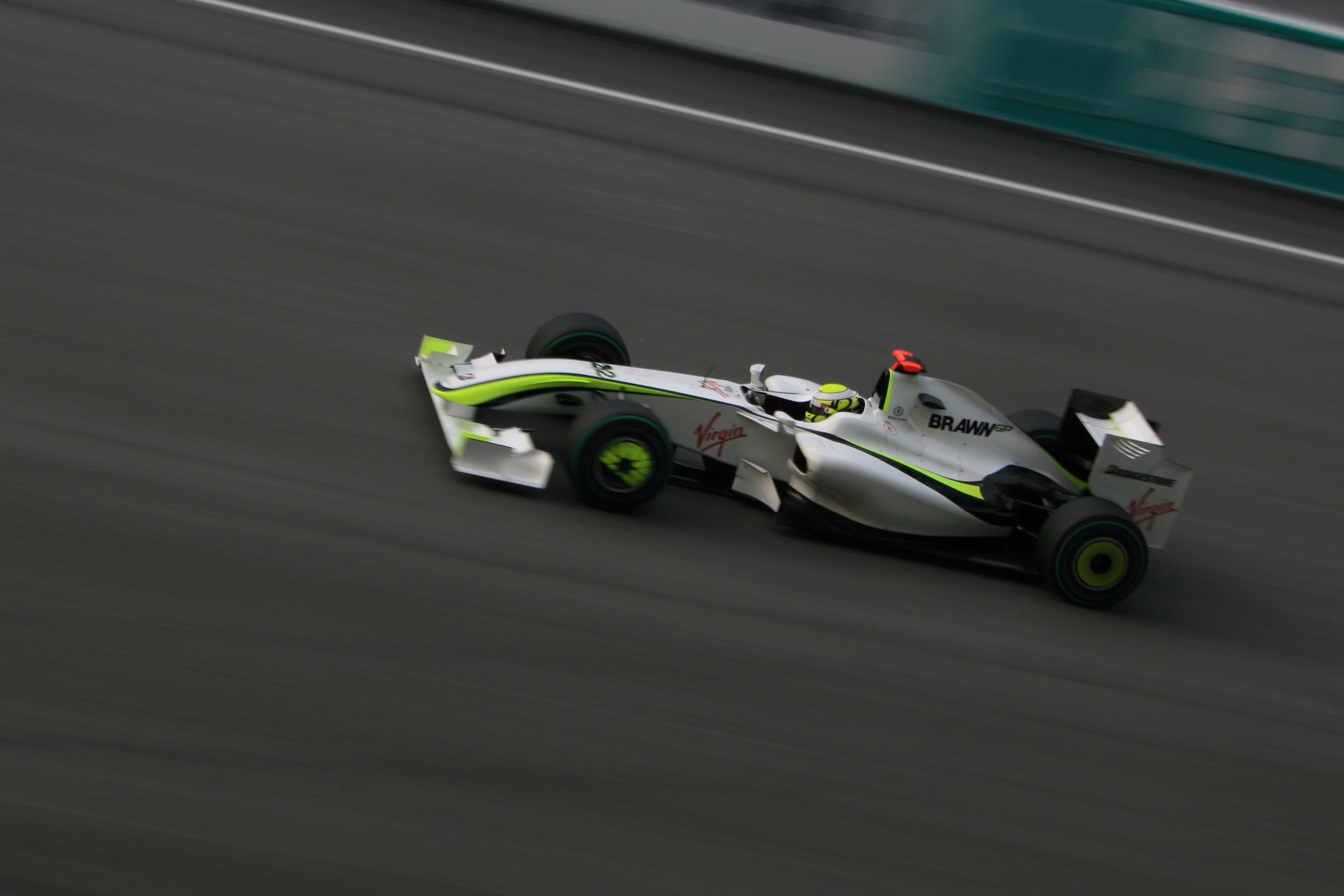
Formula 1 eats up cash like there’s no tomorrow, even to compete, let alone have a shot at winning the title. Mercedes-AMG Petronas Formula One team have dominated the sport for years now, yet this year’s title race seems closer than ever. Close rivals Red Bull Racing have the German team in their crosshairs and are pushing hard with Dutchman Max Verstappen currently in the championship lead. It seems ages ago that shock race wins (and champions) were possible, but one season in modern history proves it is still very much possible. It just needs all the pieces of the puzzle to fall into the right place, as it did for the Brawn GP racing team in the 2009 Formula 1 season.
Straight out the gates: Brawn GP is the ONLY Formula 1 constructor that has been around for one season only and crowned champion at the end of 17 races. No team before it, and no team since have been able to do that. And I must say that I expect no team ever to be able to repeat that. While the team’s origins can be traced back to Tyrrell, running in F1 from 1968 and sold to British-American Tobacco in 1998, we’ll focus on the history of how Brawn GP was formed.

Admittedly, the circumstances were pretty much perfect for the team. Honda was pulling out of Formula 1 as a constructor, and one guy was looking to keep the team running and saw an opportunity: Ross Brawn. Honda has been flirting with F1 for decades, often in the role of engine supplier. The company’s most successful run was as engine-partners with McLaren and Williams. From 1986 through 1991, they won every single constructor’s championship in F1 and the driver’s championship from 1987 to 1991. After the 1992 season, having achieved all targets Honda set out from the beginning and facing financial difficulties as a global carmaker, they withdrew.

Although Honda started another period of F1 competition as an engine supplier from 2000 onwards, it wasn’t until 2006 when F1 saw the return of Honda as an official factory constructor, developing both chassis and engine. While achieving some degree of success in that first season back on the grid, with a maiden win at the hands of Jenson Button at the Hungarian Grand Prix in 2006, inconsistency troubled both drivers throughout all three seasons. By 2008, Honda had managed to secure Ross Brawn, long-time Technical Director for Ferrari and a brilliant strategist within the sport. Brawn is the man behind the Ferrari team’s immense success with Michael Schumacher during the second half of the 1990s and even more in the early 2000s.
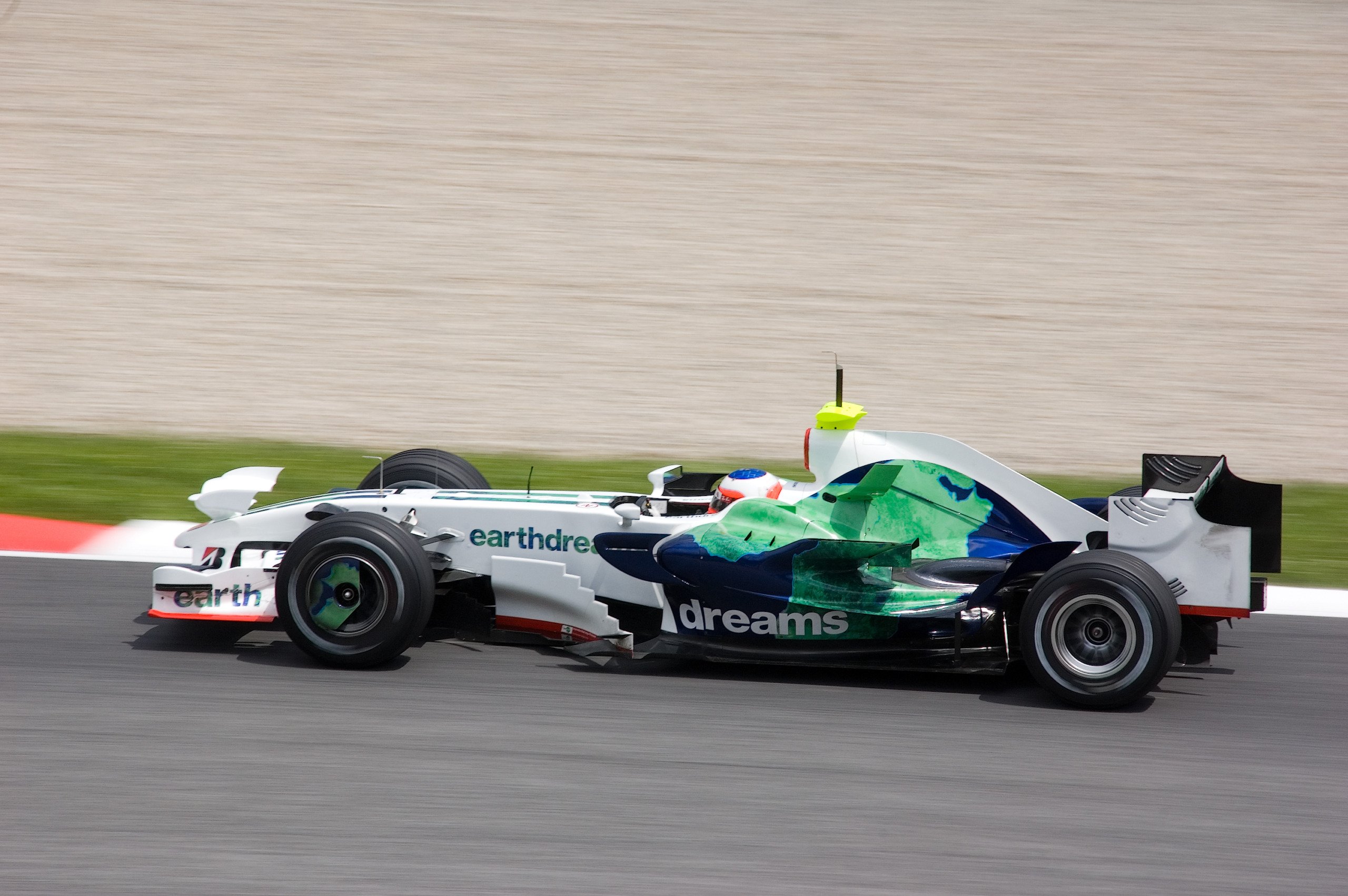
In December of 2008, Honda announced an immediate withdrawal from Formula 1 due to the global financial crisis and disappointing results in the 2007 and 2008 seasons. This led to the eventual buy-out and the adventure of Brawn GP. The sudden announcement sent shockwaves through the paddock, with rumours sparking left and right about the future of the team and, in extent, the sport. At the time, the Brackley-based team had a budget of 300 million dollars and employed 700 people. A deal was eventually struck where Honda would put up 100 million dollars, Ross Brawn took over full control, and Mercedes-Benz would provide the team with engines. Both Jenson Button and Rubens Barichello would be retained as drivers, forming a very experienced and revered duo.
As mentioned, the 2009 season was the only season Brawn GP entered, better yet, the only season the team actually existed! Thanks to one of the biggest innovations in recent Formula 1 racing before the hybrid era, the team managed to pull off the most amazing stunt: become champions in both the driver’s championship and the constructor’s championship in the team’s ONLY year of competition! The reason behind the success was the introduction of the double diffuser, which increased aerodynamic efficiency and grip big time.
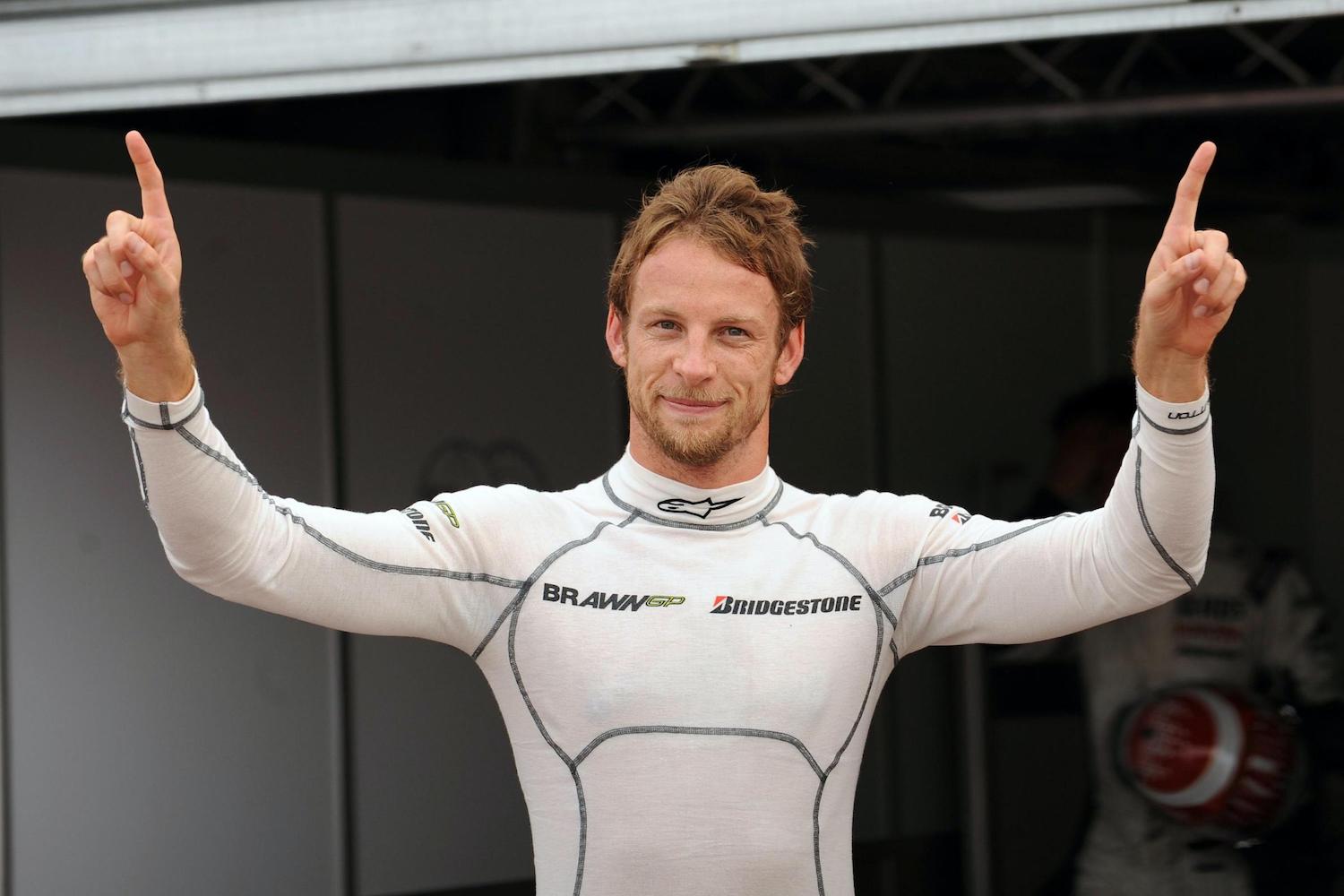
The season started in Australia, with a surprise pole position for Jenson Button. Both drivers would do very well in the race and actually claimed a 1-2 victory. The last team to do so in its debut race was Mercedes in 1954. In the first half of the 2009 season, more wins followed; a win from pole in Malaysia for Button, a third and fourth-place finish in China, a win in Bahrain for Button, and back to back 1-2 finishes in Spain and Monaco. During the early parts of the season, other teams disputed the legality of the new diffuser used by Brawn GP with several complaints and appeals “fought” out with the motorsport counsel. When eventually the innovation was deemed legal on all accounts, the rest of the teams were left scrambling to catch up with the Brawn GP cars. Here’s a summary of Brawn GP’s debut race in Australia, available on YouTube.
The first sign of actual competition for Butten and Barrichello came at the Turkish Grand Prix, where Sebastian Vettel would take pole position. Button managed to pass Vettel in the race, racking up his sixth win in seven races. This would eventually also prove to be his last win of the year, as other teams found ways to fight for the lead. The few races that followed saw both drivers struggle for pace. At the Hungarian Grand Prix, the tenth race of the season, a suspension failure on Rubens Barrichello’s car saw a spring fly off and strike Ferrari’s Felipe Massa on the helmet. The impact knocked him unconscious, and he was out for the rest of the season. Luckily he suffered no lasting injuries. The footage of the impact is quite haunting, actually.
Now, well over halfway through the season, Barrichello finally managed to win a race in the Brawn GP at the 11th venue of the year. The European Grand Prix, held at the Valencia street circuit, was his first victory in five years after leaving Ferrari. Another dismal performance followed at the Spa-Francorchamps circuit, though, with Jenson Button out due to a collision and Rubens Barrichello finishing in seventh place only.
Monza would once again prove to be successful for the Brawn GP team as Rubens won the race and Jenson coming in second. They obliterated the rest and had a lead of around half a minute over third-place man Kimi Räikkönen. Brawn GP had the chance to clinch the constructor’s title at the Japanese Grand Prix only to miss out on half a point. The Malaysian Grand Prix earlier in the year was shortened due to heavy rain, and as the rules dictate, points are halved if a race is stopped permanently before the 75% mark of the total race distance. This half-point kept Red Bull-Renault (now Red Bull Racing) in contention, but it was actually more a matter of “when” instead of “if” Brawn GP would be victorious.
A race later, Brawn GP racked up the title, with Button becoming World Driver’s Champion for the first and only time in his career. A strong second half of the season by Sebastian Vettel kept Rubens Barrichello from second place by only a couple of points. Nevertheless, Brawn GP managed to do something unheard of. With both titles in hand, they remain the only team to achieve a 100% win record in the constructors’ and drivers’ championships. The team further cemented its legacy with a 47.05% win ratio, only bested by Mercedes-AMG Petronas Formula One with 50.90%. Granted, there’s a huge difference between Brawn GP’s 17 races and eight wins and Mercedes’ 230 races and 117 wins, of course, but still extremely impressive for the small one-time-only outfit.
At the end of the season, Jenson Button received the Brawn GP BGP001-01 Formula 1 car as stated in his contract. The team was eventually sold off to Mercedes-Benz, which marked the return to Formula 1 as a full chassis and engine constructor for the first time since 1955. While struggling at first, the German team managed to become the most dominant racing outfit in Formula 1.
Scoring three podium finishes in 2010 and none in 2011, Mercedes’ first victory came at the hands of Nico Rosberg in China in 2012. A year later, Lewis Hamilton replaced Michael Schumacher and more podiums and wins followed. With the rest being history, really, Mercedes racked up eight Constructor’s Championships in 10 years and seven Driver’s Championships. Lewis Hamilton won all but one season between 2014 and 2020, only to be trumped by his teammate Nico Rosberg in 2016.

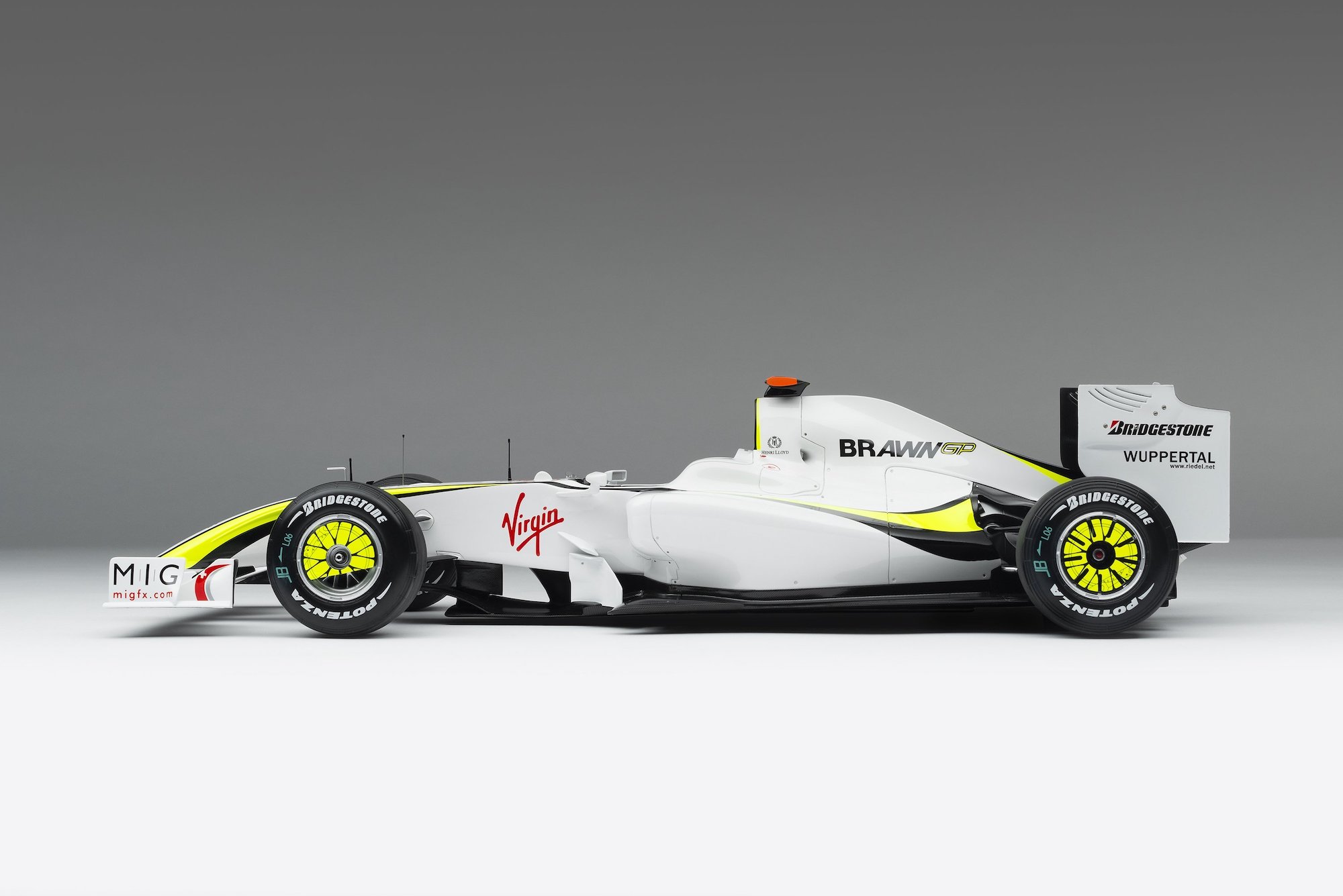

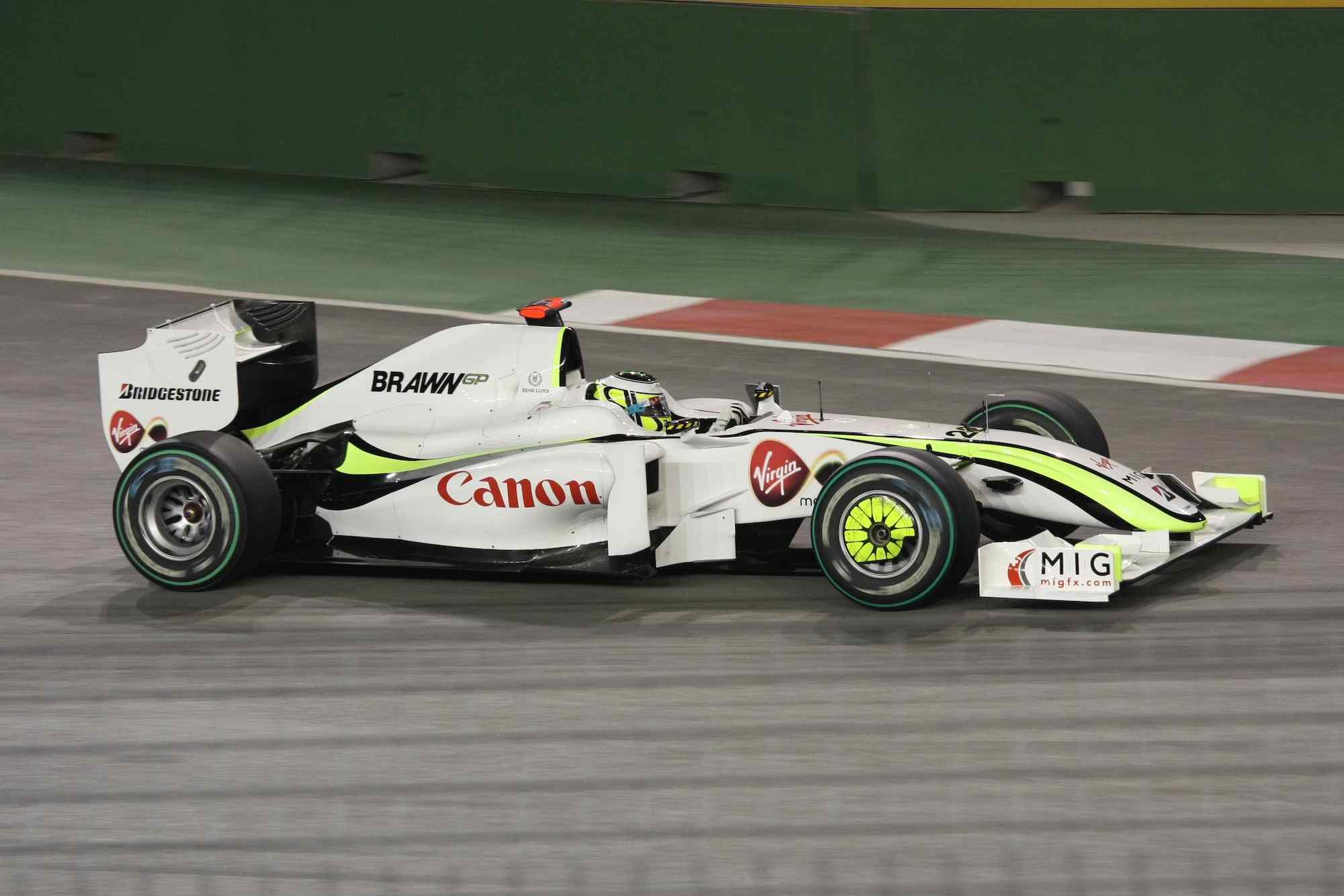
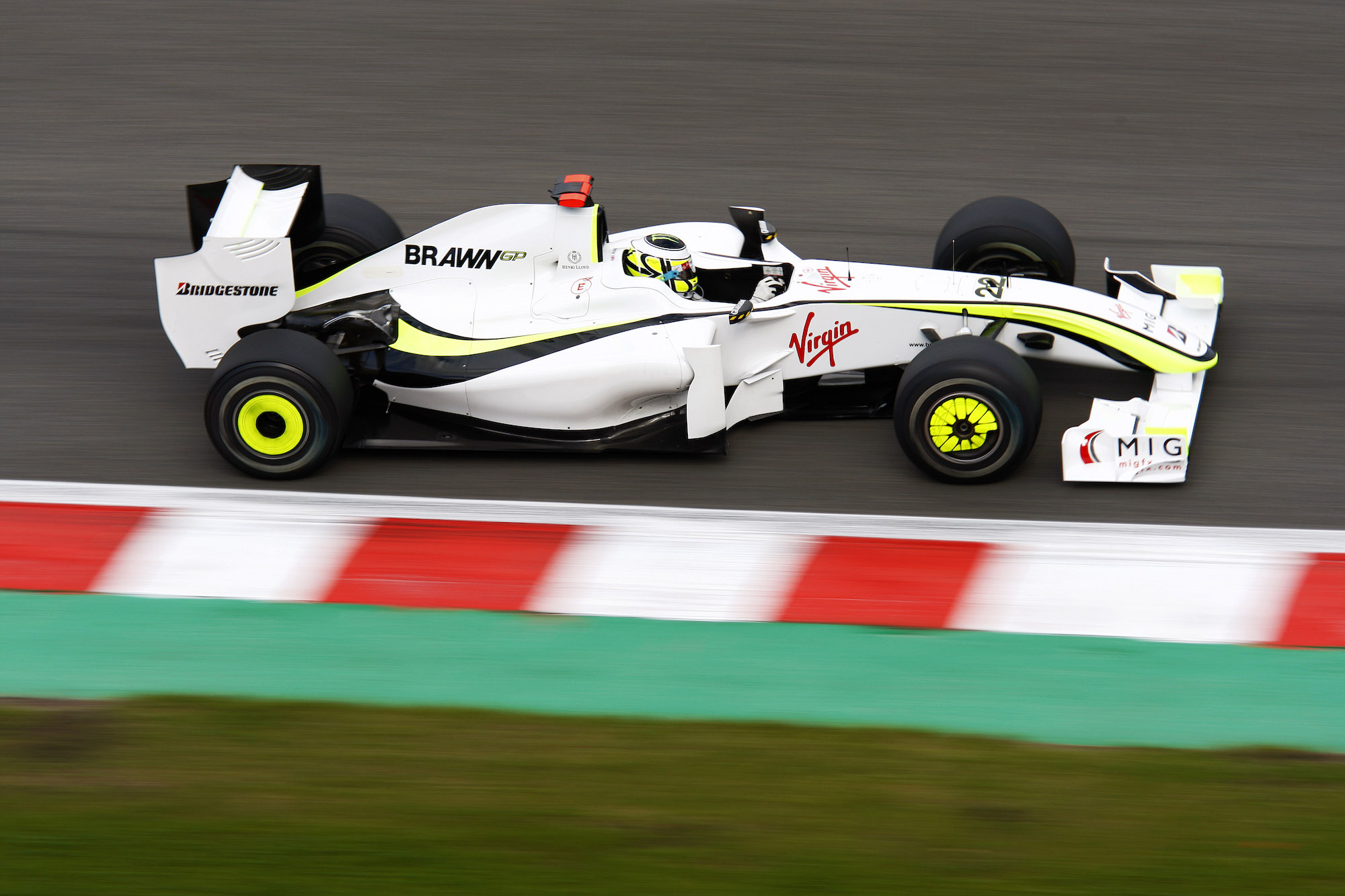

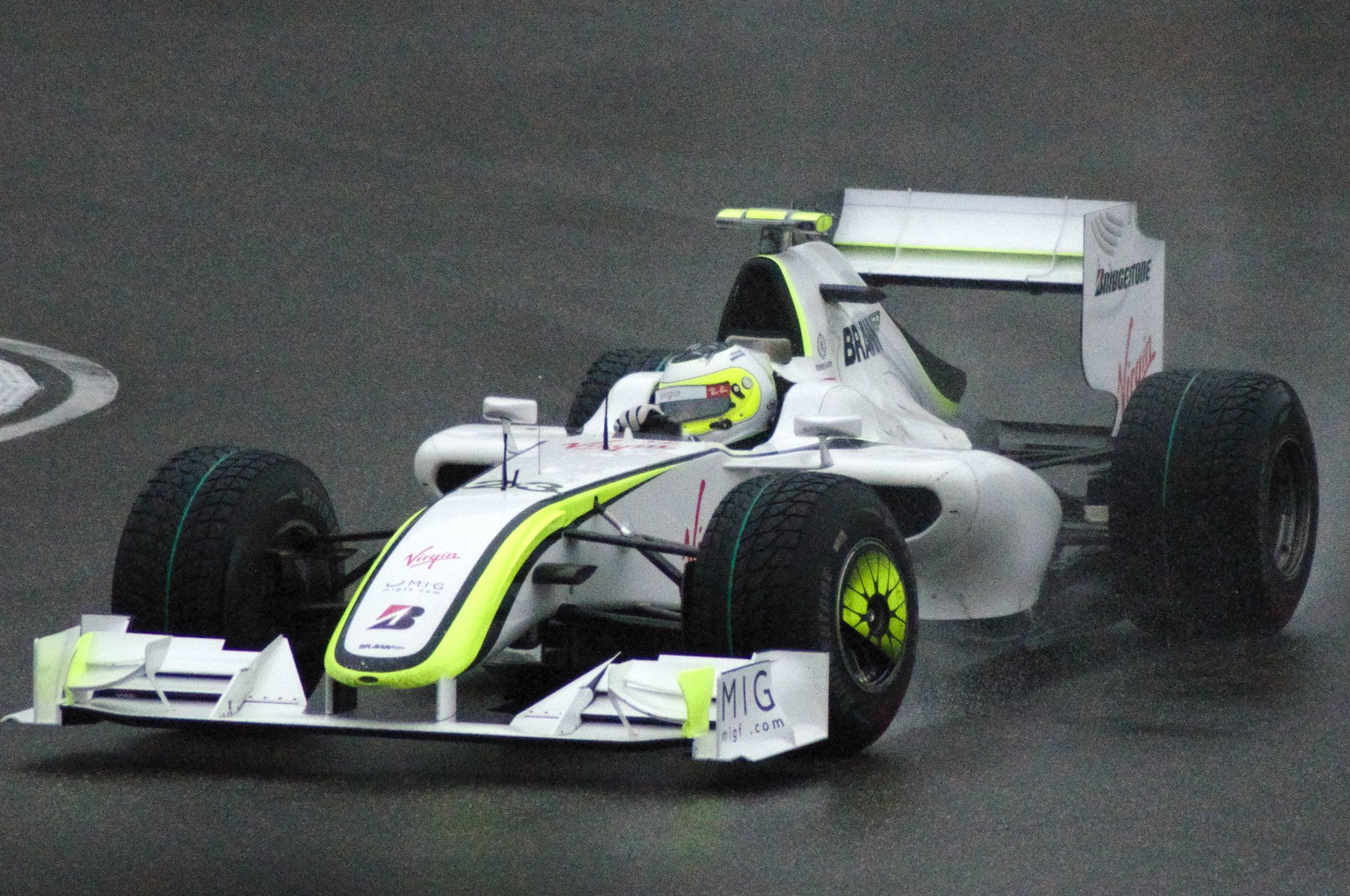
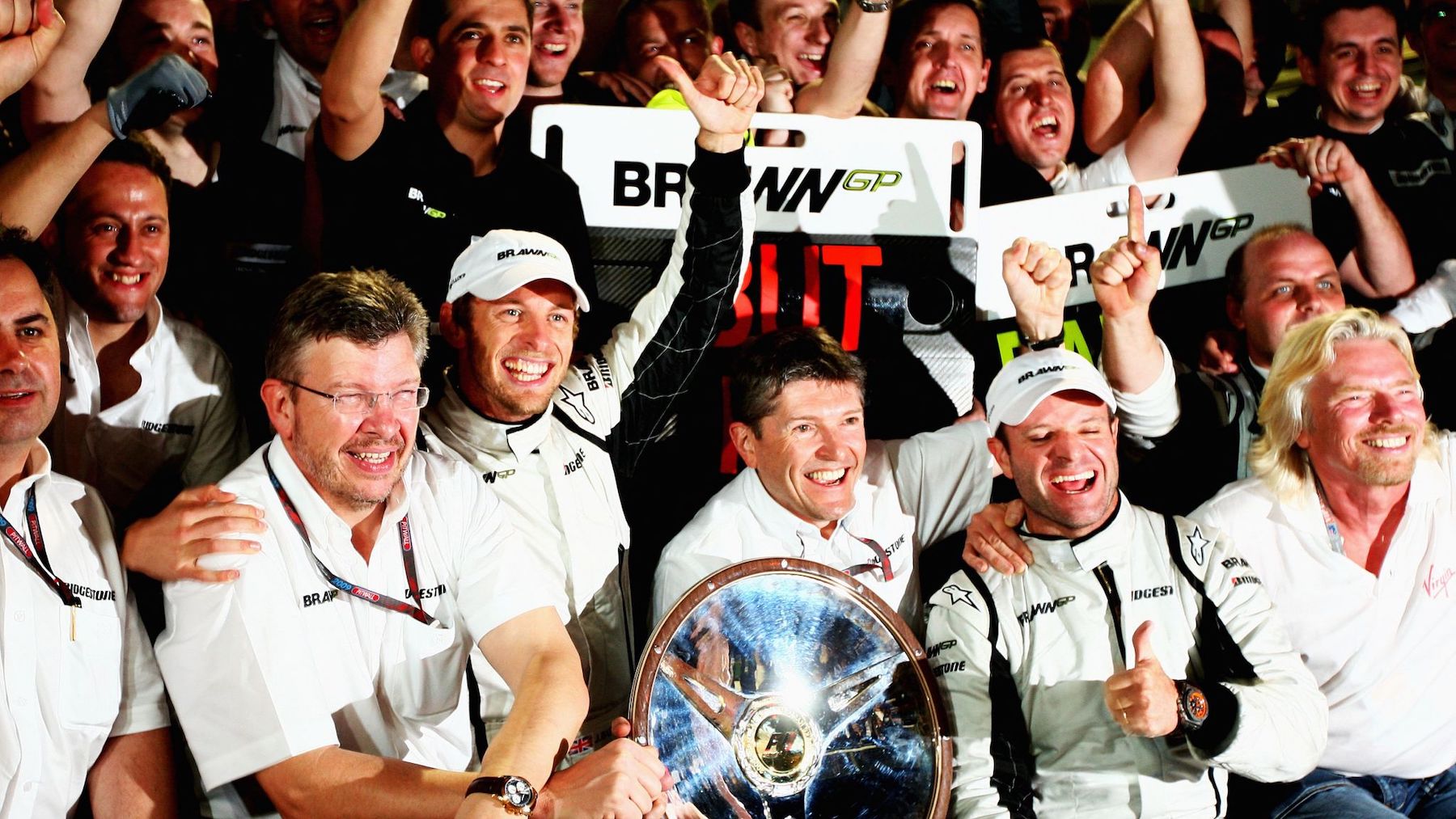



1 response
And the luckiest of watch brands: Graham, who became F1 champions thanks to them. I was at a Graham event with Ross Brawn in Neuchatel, they issued a few limited editions — including timepieces whose dial was made with parts from the F1 cars. I think it was worth the mention on the article!